In this quick tutorial we explain everything you need to know to set up your camera and learn how to photograph fireworks with confidence.
Whether it’s the 4th of July in America, Bonfire Night in the UK or New Year’s celebrations anywhere in the world, fireworks displays bring out the inner child in every photographer and get us reaching for our cameras to capture those awesome displays of colour.
No matter what the scale of the display, fireworks are a fantastic opportunity to get creative with your night photography and capture bright, colourful images with an otherworldly feel.
However, fireworks are a tricky subject to photograph and you must be well prepared if you want to capture them at their best.
As you probably expected by shooting at night, the key technique for taking photos of fireworks is to shoot a long exposure. Even though the larger displays can be quite bright, the light from fireworks is counter-balanced by the pitch darkness all around.
And though it may look quite bright to you, it’s worth remembering that the human eye can adjust to the darkness and perceive fireworks to be much brighter than they will appear to a camera’s image sensor.
What’s more, fireworks take several seconds to ascend and display, and then dissipate again. So we’re really looking at exposures of around 2-30secs to photograph fireworks.
And to do it effectively you’ll need a camera that offers both manual exposure control and a Bulb mode setting.
Bulb mode is a setting that allows you to hold the shutter open for indefinite periods of time to achieve a very precise look.
Like any spectacular visual event, fireworks make fantastic photographic subjects, with their bright light and vivid colours. Whilst they’re easy enough to watch, capturing a decent image can be tricky, so we’ve broken it down into simple steps that should ensure you’re able to capture this year’s stunning display.
How to photograph fireworks
Shooting fireworks requires a long exposure, opening up the shutter for long enough to flood the sensor with light and expose the perfect shot.
Don’t worry about the bright lights that surround you at most fireworks events, once those rockets start to explode they’ll counter the light on the ground.
Also remember that whilst those fireworks may look bright, the human eye can adjust to low light levels, so they’ll look brighter to you than they will on the image sensor.
It’s worth noting that if you want to capture the tail and fallout of a firework explosion then you’re going to need an exposure time of between 2 and 30 seconds.
Before you start, it’s worth checking that your camera or phone has the ability to shoot in either manual or bulb mode. Bulb mode enables you to hold the shutter open for an indefinite period of time.
What do I need to photograph fireworks?
Today’s technology means that the latest cameras and phones are packed with features that enable you to shoot subjects such as fireworks without some of the gear that would have been required in the past.
However, let’s look at the essential accessories that will make the process of capturing fireworks that much easier.
Apart from a camera with a Bulb mode option, a sturdy tripod is probably next on the list of must-have equipment. With camera resolutions what they are these days, even the slightest movement will spoil an image due to camera shake.
We recommend a pan-and-tilt tripod head if possible. Failing that, see if there are any walls or flat surfaces you can use to set your camera on.
Don’t forget a remote release, too. Think about it, if you press your finger down on the shutter button on your camera for 10 seconds, you’re going to inevitably move the camera. A remote release will let you trip your shutter without having to touch – and shake – the camera. Either a wireless or cabled option will suffice.
You’re also going to want a zoom lens. A 17-35mm is probably the ideal focal length in order to frame both the fireworks and any foreground interest. But a 28-80mm will also give you a bit of flexibility too.
For closeup photos of fireworks as they burst, you’ll probably want to shoot with a 70-200mm or 70-300mm telephoto zoom.
Shooting at night with a telephoto lens can be tricky. Your framing has to be precise, and it’s always a challenge to keep the subject steady when it’s magnified in the frame.
When it comes to lenses, it’s best to think about the type of shots you want to get beforehand, as you won’t have much time to change lenses during the fast-paced display of fireworks.
Other items that can be useful are a torch / flashlight for painting in any elements in the foreground, and a timer to precisely record your exposures. There are plenty of free stopwatch apps for iOS and Android that will do this.
What type of camera do I need to photograph fireworks?
A DSLR, Mirrorless camera or mobile phone are all perfectly good for photographing fireworks as long as they have the correct exposure modes.
If your camera shoots in Manual mode then it’s perfect, you may even find that it has a fireworks mode that will handle all of the more intricate settings such as aperture, ISO and shutter speed for you.
In order to shoot fireworks on an iPhone you’ll need to download an app that enables you to take manual control over the exposure. An app such as Camera+ is perfect as it gives you the control you need and will only set you back around £3 / $3.
What type of tripod camera support will I need to photograph fireworks?
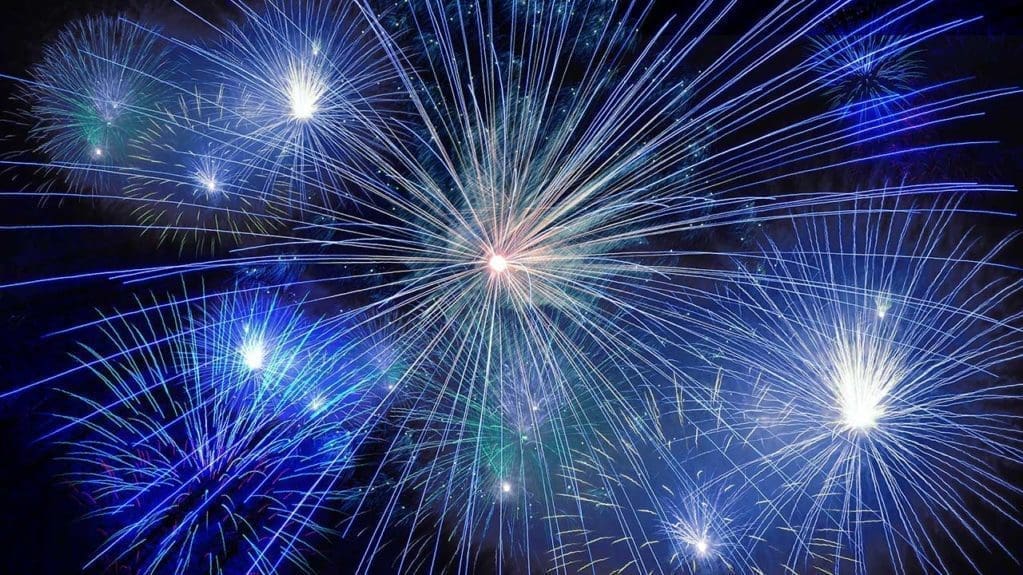 Although the latest cameras feature incredible image stabilisation a decent tripod is still recommended especially with longer exposures.
Although the latest cameras feature incredible image stabilisation a decent tripod is still recommended especially with longer exposures.
The flash of light from a firework might only be fleeting, but even the slightest movement will cause blur in your image. Obviously, if you’re in a crowd then you don’t want a large cumbersome tripod so check out a travel tripod such as the MeFoto or a larger lightweight tripod like the 3 Legged Thing Punks Billy.
What lens will I need to photograph fireworks?
Even with a mobile you can add an Olloclip lens to make the camera bit more versatile. The active set is a great choice with a 2x telephoto and ultra wide.
If you’re shooting with a DSLR or mirrorless camera then you’ll want to get hold of a zoom lens. A 17-35mm is a good choice on an APS-C format model or 24-70mm on full-frame, if you want something that allows you to go in a bit tighter then a 70-200mm or 70-300mm telephoto zoom is a good choice.
When it comes to lenses, it’s best to think about the type of shots you want to get beforehand, as you won’t have much time to change lenses during the fast-paced display of fireworks.
Other useful items include a torch/flashlight for painting in any elements in the foreground, and a timer to record your exposures precisely. There are plenty of free stopwatch apps for iOS and Android that will do this.
Setting up your camera to photograph fireworks
First and foremost when setting up your camera to shot fireworks – or any night photography subject – you will want to set your camera to record raw files or the highest quality JPEGs.
With dark subjects and long exposures, noise interference will be one of your biggest obstacles, so ensuring you shoot the highest-quality image files will help avoid even further deterioration from artefacts.
When you set up your camera to photograph fireworks you’ll obviously want to point your lens at the area in the sky where you fireworks will burst. But don’t tighten your tripod legs so tightly that you can’t quickly loosen them and readjust your composition once the fireworks display begins.
Most fireworks displays shoot directly overhead of the crowd and then arc down in a tight pattern. With this in mind, try framing first in portrait format to capture the burst in all its glory.
Because you want to avoid using your flash you’ll need to dial in the lowest ISO setting possible to help keep noise at bay and enable you to capture as much detail and colour as possible. A low ISO setting will also help you achieve a longer shutter speed, which you want in this instance.
You’ll also want to set your camera’s aperture to one of its smaller settings – generally anywhere from f/11 up to f/22. Remember: the higher the f number, the smaller the aperture.
As a rough guide, you can try dialling in these aperture and ISO combinations:
f/11 – ISO 50
f/11 or f/16 – ISO 100
f/16 or f/22 – ISO 200
Using these combinations should give you a long enough shutter speed to capture vibrant colours and beautiful displays of fireworks.
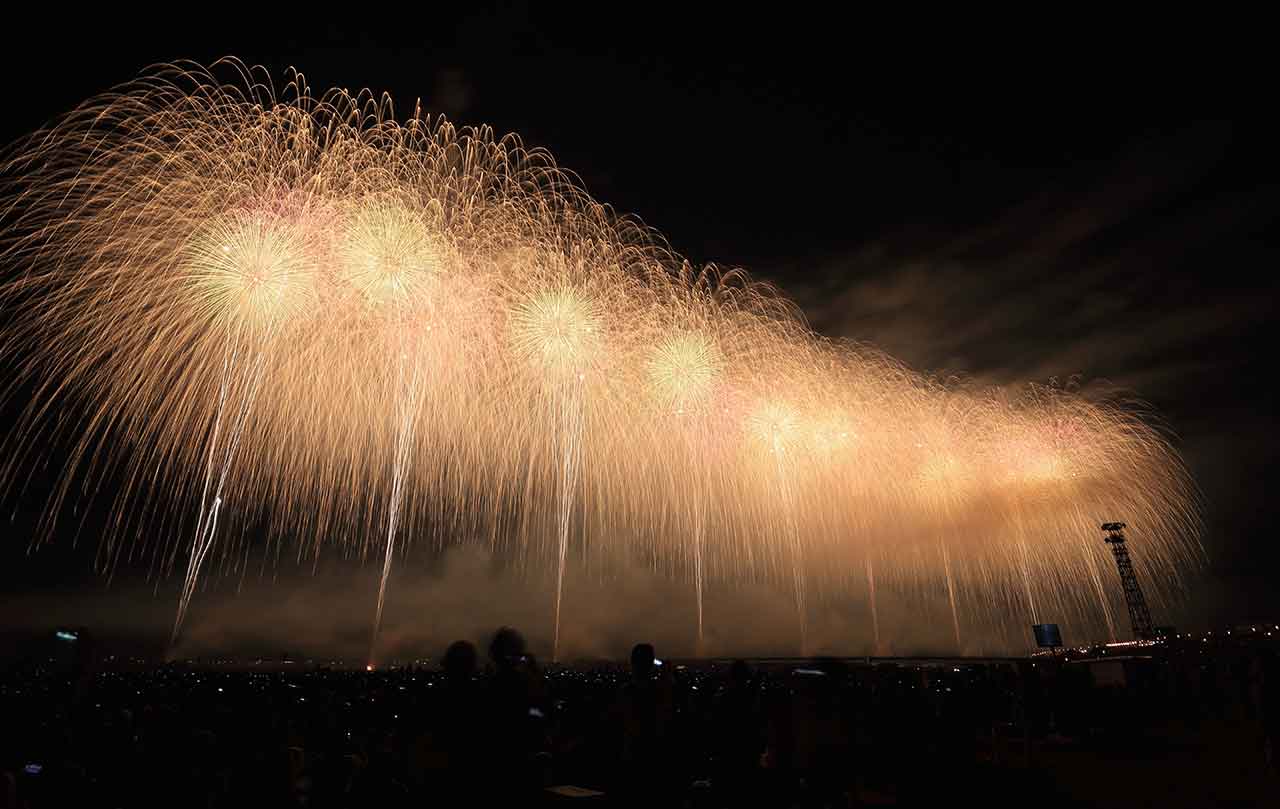
What image file format should I use to photograph fireworks, jpeg or raw?
Let’s start with the file format you want to select in order to capture your fireworks. As you’re shooting in low light, your camera has to work that much harder to capture the image, so anything that helps to get the image clear and crisp has to be good.
Shooting in raw format enables the camera to capture the scene with maximum information and you also have control over the amount of noise reduction that’s applied. If your camera or mobile has the ability to shoot raw format, make sure this is selected.
If not, don’t worry too much and shoot jpegs. If you love the experience of shooting fireworks then maybe consider stepping up to a dedicated DSLR or Mirrorless camera that gives you that extra control.
How do I compose images of fireworks?
A tripod is essential to give your camera a firm base and keep it stock-still. However, the problem with shooting fireworks is that it can be hard to predict where they will appear in the sky.
When you set-up and position your tripod, make sure you leave a little slack so that you can quickly pan and tilt the camera to capture the display.
Fireworks generally shoot overhead and arc down. After you’ve watched the first few, you should get a feeling for the projection of the display and where to position the camera.
Shooting in portrait rather than landscape orientation will enable you to capture the full life of the fireworks explosion.
How to focus your lens on fireworks
The best way to get pin-sharp fireworks images is to wait until the first burst explodes, then focus on that display and lock your focus for the rest of the shoot.
Autofocus systems have gotten better over the years at locking on to targets in low light photography, and there should be enough contrast between the fireworks and the night sky for your AF system to find it and lock on.
What exposure settings should I use to capture fireworks?
In order to ensure the best exposure possible, you’re going to have to use a slow shutter speed.
To keep noise levels down its best to use as low a sensitivity (ISO) value as possible.
To help extend the shutter speed further, set a small aperture, something between f/11 and f/22. Remember the higher the f-number, the smaller the aperture and the greater the depth of field.
Timing your exposure for fireworks
The final camera setting you want to think about carefully is shutter speed. Let’s be honest: there will be a lot of trial and error here, as light levels will change, as will the brightness of fireworks.
Also, fireworks can take several seconds to fully burst and descend. Also, your shutter speed will depend on if you are shooting single or multiple explosions. So for this reason it’s best to start with a ‘best guess’ and see how the image looks on your LCD screen, then adjust accordingly.
For example, a good starting point for a single explosion might be 6secs at f/16, ISO 200. This should get you in the ballpark, and you can fine-tune from there.
Timing is also crucial when photographing fireworks. So be alert. Listen to the sound of the firework being launched, and then trip your shutter.
If you plan to shoot multiple fireworks bursts, it’s a good idea to hold a piece of black card over your lens in-between the explosions. But make sure you limit yourself to about four or five bursts. Any more and you will risk both overexposure and a messy composition.
When shooting multiple bursts of fireworks, look to increase that exposure time from 6secs to sometimes up to 30secs.
Do you have any great advice on how to photograph fireworks that we may have missed? Let us know in the comments!
Final tips for taking photos of fireworks
Cold weather and long exposures will drain your camera’s battery faster than usual. So it’s a good idea to bring a back-up fully charged battery to use just in case.
Depending on the age of your camera, a long exposure can take some time to process before you can take your next shot. So it’s a good idea to test the buffer on your camera at home before you go out and miss that killer grand finale.
How to photograph fireworks in summary
- Set the camera’s exposure mode to manual.
- Set the aperture to f/11.
- Set the ISO to 100.
- Set the shutter speed to 6 seconds (you’ll need to adjust this later).
- Position the camera on a tripod in portrait orientation.
- Switch to AF and wait for the first burst of fireworks.
- As the first explosion happens half-press the shutter to focus.
- Switch the lens to manual focus.
- Take a shot and check exposure and focus on the LCD and tweak if necessary.
- Now you’ve you’re all set to capture fireworks.
Explore your location during the day
You can have all the gear and all the technical skills and practice in the world, but if you arrive at your location without knowing the basics like which direction the fireworks will be coming from, you’re not going to get the images you were hoping for.
Try to visit the location a few hours before the fireworks begin, and if possible, chat to the pyrotechnics crew as they’re setting up. They may be able to give you even more information on pacing and what colours and types of displays to expect, even what might be in the grand finale.
With this information in hand you can then walk around and think about where to set up your tripod. If you arrive a few minutes before the show starts you might find that these prime locations are going to be filled with crowds, so get there early. Scout out the best locations and think about how you’ll frame your fireworks.
It’s also worth considering as you scout the area what you can add to your fireworks images to make them more interesting. For instance, are there local landmarks, interesting buildings you could include in the frame? Is there a pond nearby where you could set up to capture the fireworks reflected in the water?
You’ll also want someplace secluded, free from ambient light from nearby buildings and street lights, which will ruin the look and feel of your fireworks images.
And, finally, you want to think about how to protect yourself and your camera from the crowds. Is there a wall or shrubbery you can set up in front of to keep people from tripping over your tripod? Can you bring any friends or family along to stand on either side of you? These are things to think about.
In fact, having a friend along is also extra insurance against theft. It can happen. In the dark. Crowds of people. Distracted by fireworks. It would be very easy for someone to grab your camera bag and run. With a friend along with you, a thief might think twice.
Firework Photography Troubleshooting
Why are my fireworks photos not in focus?
- If the fireworks are out of focus then switch the focus back to AF and try again.
- If you try several times without success, make sure that the central focus point is selected.
- If all else fails, use manual focus and set the focus distance to infinity
How do I get the correct camera exposure for fireworks?
- If the fireworks look too dark, increase the exposure time (decrease the shutter speed), if it’s too light shorten the shutter speed.
- If the shutter speed dips below 3 seconds, then decrease the size of the aperture from f/11 to f/16 to increase exposure times as this will allow you to capture more of the burst.
Let us know how you get on and send in your images to jabber@camerajabber.com
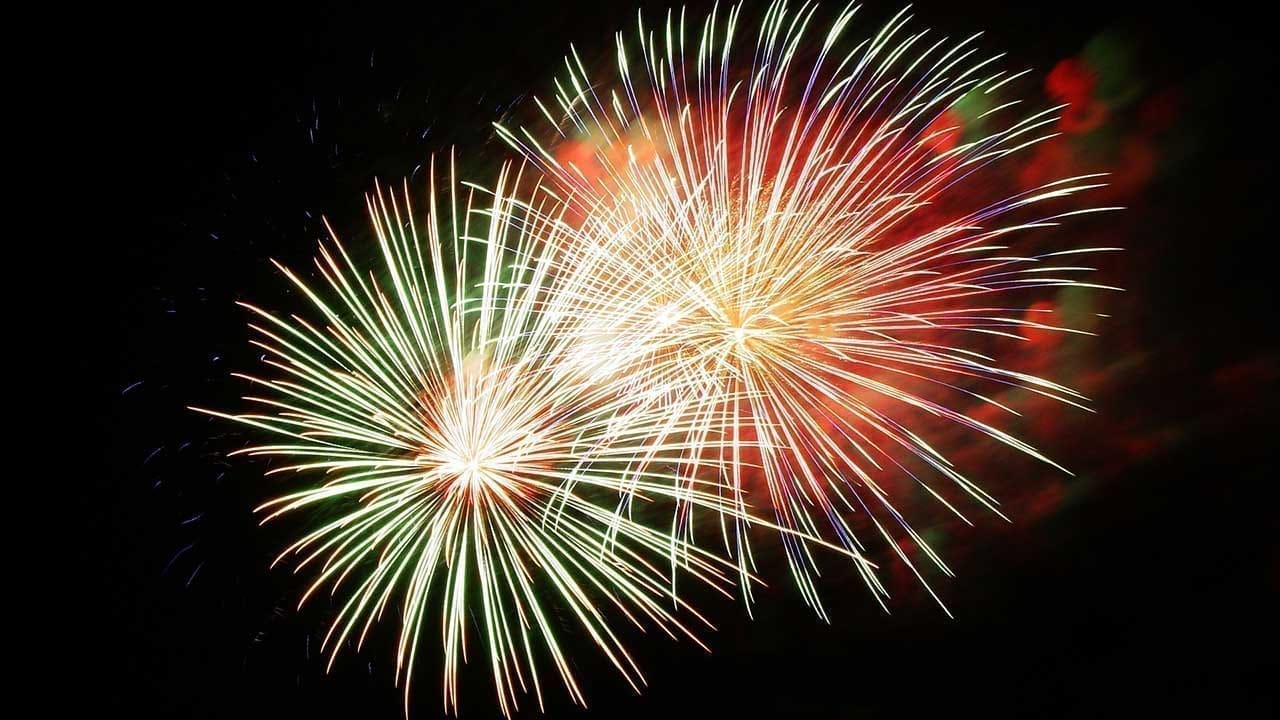
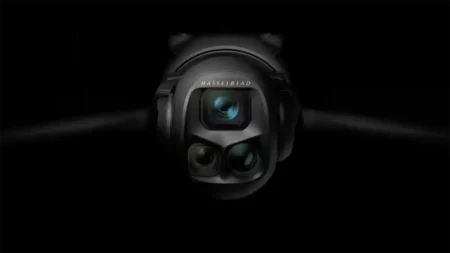
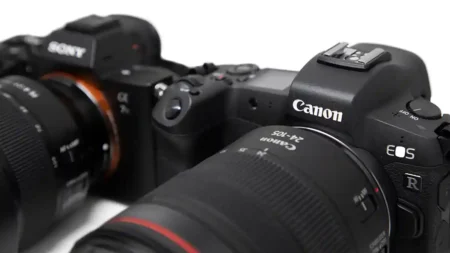

This was really helpful for photographing the fireworks this year!
Check us out for boiler cover liverpool tips and advice.